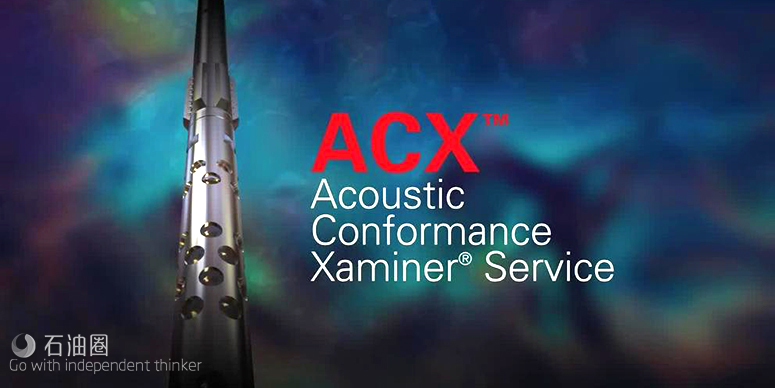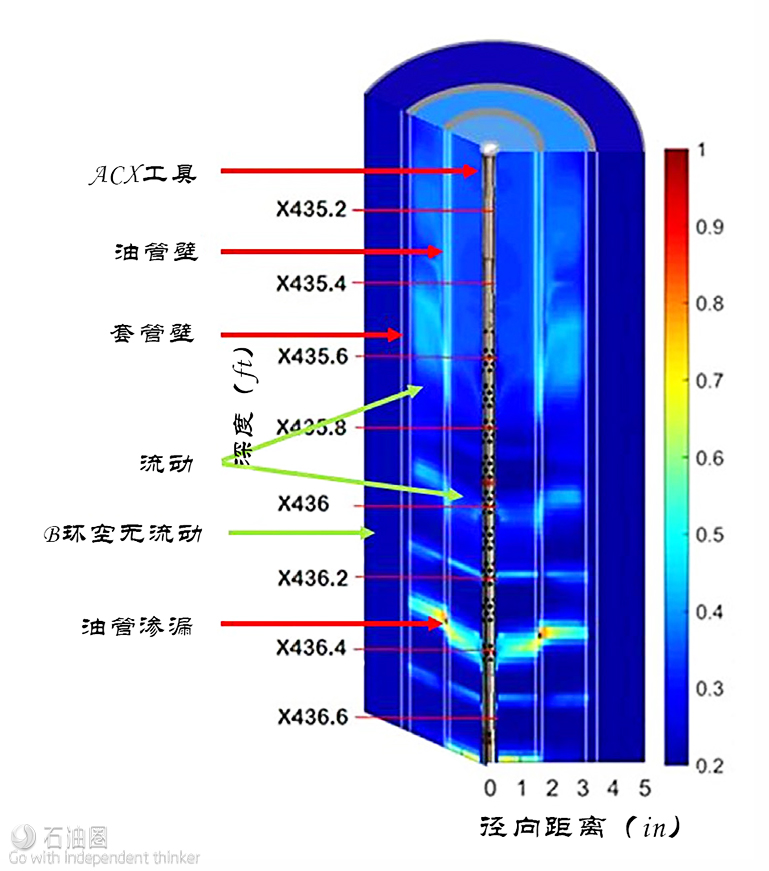Well integrity and flow assurance become an issue on many wells as age and well complexity increase. This can lead to expensive workovers, reduced production or well loss. These outcomes are troubling because they affect overall costs, revenue generation and return on investment.
In many cases, workovers take more time than planned and complexity may be greater because the problem is not clearly understood prior to the start of well operations. When the leak is cloaked behind pipe, several layers of pipe or completion hardware, the capability to detect the leak and understand what is occurring decreases.
There’s been a gap in well integrity diagnostics for a through-tubing solution that effectively detects a leak’s source of flow behind pipe and accurately identifies the leak’s depth and radial location. The benefit of effectively describing well integrity issues is that operators can plan an intervention, create a monitoring plan on high-value assets, meet governmental regulations and have descriptive information for decision-making.
Leak detection challenges
Many technologies have been used to detect leaks with less than satisfactory results. Production logging is mainly focused on the internal flow with some influence from outside the inner wellbore from temperature and, in some cases, pressure where communication is direct. Pulsed-neutron tools do see behind pipe and are used to find flow there; however, they are limited by only detecting water flow. The threshold minimum for detection is not optimum for small leaks and cannot fully describe leaks in some circumstances.
Noise tools have been used for listening to the sound of the leak to estimate its description based upon the magnitude of the noise and frequency properties. In the past these tools consisted of one hydrophone or receiver that was limited to frequency and information recorded. The majority of these tools are still stationary measurements that can reduce optimum intercept of leaks. Many new calculations have been done to improve these results. However, they are still fundamentally hampered by changes in the physical properties of sound propagating through the structure of the well and layers of hardware.
New acoustic tool
It has been difficult to accurately locate and analyze leaks or flow behind pipe or around the wellbore with the available technology. That difficulty is reduced with the introduction of the Halliburton Acoustic Conformance Xaminer (ACX) tool. The ACX tool reduces uncertainties so engineers can create a plan to address problems and mitigate operational risks. It also can be used throughout the life of the well and on any kind of asset worldwide to help locate and address integrity concerns.
The ACX tool has an array of hydrophones that are in line over a 1.8-m (6-ft) portion of the tool’s mandrel section. The hydrophones are spaced out to gather acoustic/ sound data. The ACX tool gathers a large bandwidth of frequency information from each hydrophone, giving a new perspective in describing leaks or flow behind pipe. Having sensors stacked makes the tool unique in how it pinpoints radial distance and depth location by use of triangulation or beamforming, which can be performed in real time. This can help illuminate false picks where sound is measured but is due to hardware changes and not an actual leak location. The service can run continuously up to 7.6 m/min (25 ft/min) and also is run in stationary mode.
The tool measures the phase shift in signals between the hydrophones. With this knowledge, the distance and location can be pinpointed, which is good for radial and vertical location. It also measures sound magnitude, or how loud the acoustic energy is that’s being measured. The tool aligns and then stacks hydrophone data for a very sensitive and vigorous measurement of acoustic energy.
From the data collected, the tool creates a 2-D flow map illustrating the flow or leak. Instead of just looking at the highest energy area and triangulating, algorithms reproduce flow changes according to the well’s structure. This helps fully describe the leak or flow and illustrates the flowing path, which reduces the guesswork in leak description.
ACX technology has the potential to save millions of dollars in workover costs per well. It helps locate and describe the problem so that the most efficient operation can be used to fix the challenge. The service also addresses issues around the wellbore other than leaks that cause noise and track sources of the flow.
Case study
A company in Alaska had a well with a gas-lift completion experiencing inner annulus (IA) to outer annulus (OA) pressure communication (95 psi/day OA buildup) when the IA was pressurized with gas. The well could not be gas-lifted due to this leak, limiting production. Previous leak detection technologies were unable to reliably locate such leaks, which affected several of this operator’s wells. Efforts to solve this problem were abandoned. It was proposed to locate the leak using the new ACX tool.
The tool’s hydrophone array triangulates on the sound/flow source in or around the wellbore. Array analysis also helps reduce false picks off of frequency and magnitude shows that have more to do with the well structure than the leak source. The radial locator has proven invaluable in some wells that have been logged by identifying which annulus or component of a completions system is leaking.
The gas-only leak was activated by pressurizing the IA while bleeding pressure from the OA. The entire well was logged with the ACX tool, and additional stationary readings were taken at zones of interest. One such zone was near the casing hanger. This is where the leak was identified by using high-definition waveforms and flow map processing. This same processing was able to rule out other zones of interest by using radial location, which other ultrasonic technologies cannot do. An additional leak (IA to tubing) was located at a gas-lift mandrel and was confirmed to be repaired on a subsequent ACX run after the Halliburton Slickline group changed out the dummy valve.
“The new ACX technology will be invaluable to our organization to find small tubing or casing leaks, which previously we were not able to locate,” said a subsurface engineer based in Alaska. “Knowing definitively where the leak is provides us the best opportunity to perform a repair. Being located in Alaska, our costs are extremely high, so reducing the amount of time to diagnose and repair leaks has a large value to us.”
Since the leak was identified near surface, the Alaskabased company plans to use a sealant repair method and avoid a multimillion-dollar workover operation.


 石油圈
石油圈

